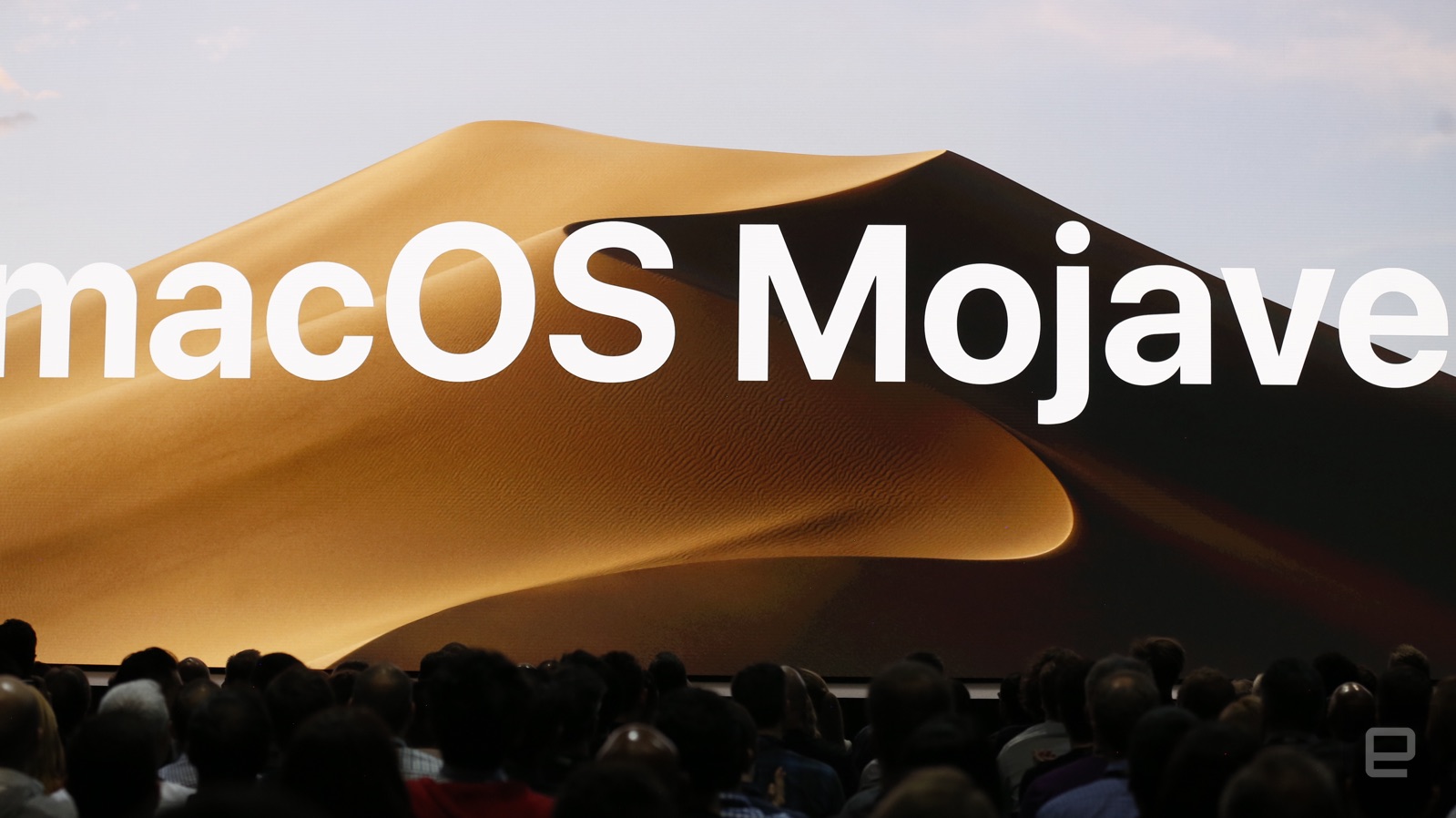

#MAC OS MOJAVE INSTALL#

I closed Disk Utility, choose to install new OS and on my machine it defaulted to Sierra.
#MAC OS MOJAVE MAC OS#
I booted into recovery mode, opened Disk Utility, and erased my drive using Mac OS Extended (Journaled).I shutdown my Mac Pro and unplugged my Apple Tower (which I choose to connect via LAN, instead of WiFi.I keep regular Time Machine backups, if you don’t, find a way to make your backup first, you’ll need it.I had Mojave 10.14.1 installed on a solid state drive with Mac OS Extended (Journaled). Technically the second backup drive is not needed, but i am paranoid, and i was glad to be able to boot to that while i figured out all the steps. From Mojave, run Migration Assistant under Applications > Utilities, and copy over all your apps and files from the Time Machine backup (ext drive #1).
#MAC OS MOJAVE UPDATE#
From Sierra, update to Mojave, which will update the file system to APFS.From Mavericks, update the OS to Sierra (this is where the two factor verification came in).Important NOTE: make sure you know your Apple ID and password, and if you have two factor auth setup, make sure you have your second device ready to go. This put me all the way back at Mavericks (10.9.5). From there, switch over and reinstall the OS.Reboot to Recovery mode (Cmd-R), and erase/reformat the internal drive to Mac OS Extended (Journaled).Using CCC, create a fully bootable copy of my Mac onto external drive #2.Create a full Time Machine backup onto external backup drive #1.What i did instead, from being in my Mojave stuck in beta Mac: I had to try a different route, since when i cloned back from my external drive (using CCC both directions), the newly updated internal hard-drive (erased and updated to APFS) wasn't bootable. Should I get a 10.14.3 installer to do this and boot from an external drive? The only guies and message boards I've found just keep saying to install 10.14.3 (I can't) or convert the disk in Recovery Mode (APFS is not available as an option.)Īny known-good ways to get my 10.14.1 upgraded so I can keep getting App Store updates? I have good backups and I can reformat the boot volume if I need to, but I have not done this before. I tried the search results recommending to boot in Recovery Mode and use Disk Utility, but APFS is not available as a type. This Mac can only install macOS on APFS-formatted drives." No OS updates show in the App Store, and when I searched for the updaters (10.14.2 Combo, etc), I can't install because the installer reports "macOS 10.14.2 Update can't be installed on this disk. Now, when updates are advertised from the App Store, I'm unable to upgrade because 10.14.3 is required. My current About This Mac.version is Mojave 10.14.1 (18B75). I don't recall if I was asked about upgrading to APFS when Id id that, but at this time the main volume is Mac OS Extended (Journaled). I have a MBP 2012 I upgraded from High Sierra to Mojave after it came out as GA.


 0 kommentar(er)
0 kommentar(er)
